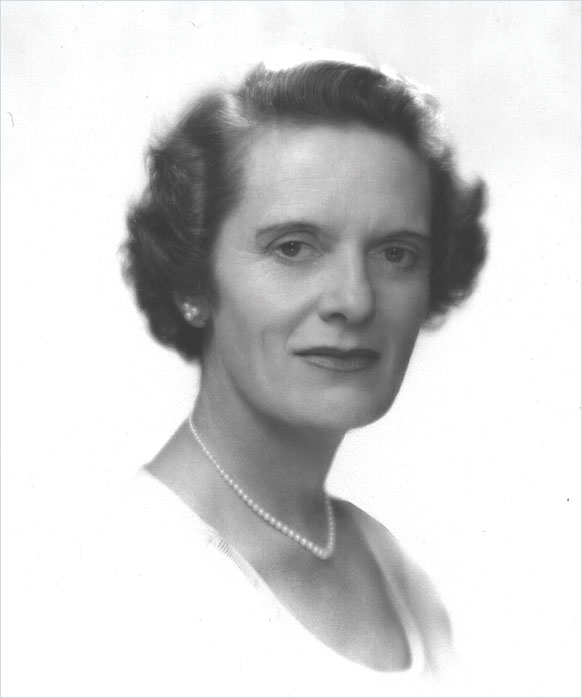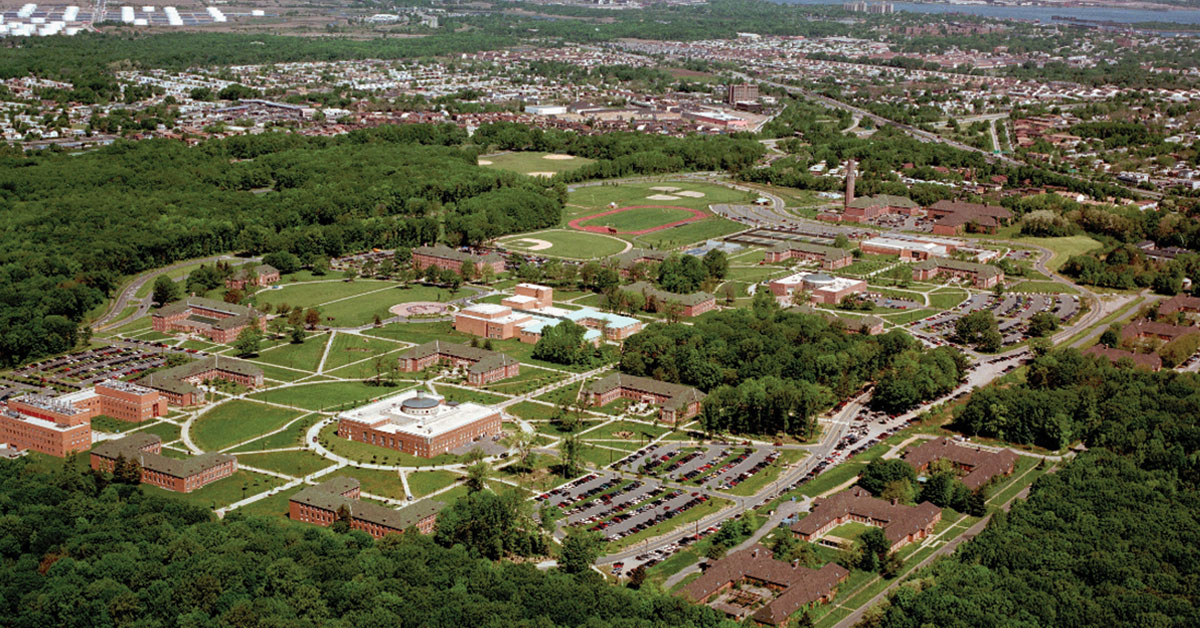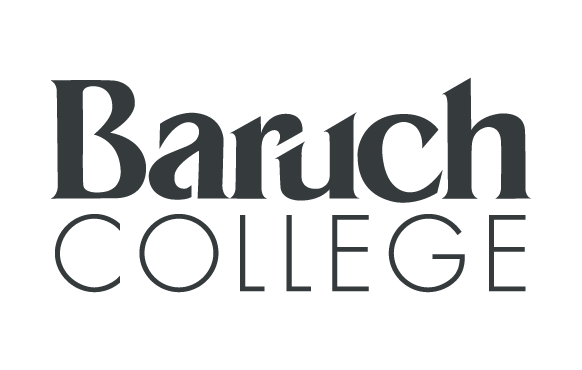Read the latest health and safety guidelines for Fall 2021 here.
1961
The City University of New York is formed. In April, Gov. Nelson A. Rockefeller signs legislation that reformulates the College of the City of New York into The City University of New York. The New York State Legislature unites what had become seven municipal colleges at the time: the City College of New York, Hunter College, Brooklyn College, Queens College, Staten Island Community College, Bronx Community College and Queensborough Community College, and gives the new University authority to offer doctoral programs. Dr. John R. Everett, a highly regarded educator and former philosophy professor, is selected as the first Chancellor.
The University Faculty Senate is established to facilitate University-wide shared governance. Faculty representative delegations are elected at each college. The UFS chair is a trustee of the CUNY board, and UFS leaders serve on board committees.
1962

Mina Rees, the first Dean of Graduate Studies. The CUNY Graduate Center Library is named for her. (Courtesy Mina Rees Collection, The Graduate Center)
“A Long-Range Plan for the City University of New York, 1961-1975,” a 424-page report commissioned by the city’s Board of Higher Education, urges expansion at all levels to meet the city’s growing population and demand for affordable education.
The report recommends building or acquiring new community and four-year colleges; expanding enrollment by creating a more flexible admissions policy; and maintaining free tuition for full-time four-year college students.
The CUNY Graduate Center starts offering doctoral programs in 1962. Dr. Mina Rees, a noted mathematician, Hunter’s dean of faculty and a Hunter graduate herself, is named Dean of Graduate Studies.
1963
Two new community colleges are founded. Borough of Manhattan (BMCC) and Kingsborough in Brooklyn begin classes in 1964
1964
The College of Police Science is founded, developed out of the Police Science Program at Baruch in 1953. Two years later, it is renamed John Jay College of Criminal Justice.

John Jay College of Criminal Justice at 10th Avenue and West 59th Street.
1964-66
After a successful fight by Harlem political leaders, CUNY receives state funding to launch two landmark programs to help educationally and financially disadvantaged youth attend and graduate from college. SEEK (Search for Education, Elevation, and Knowledge) and College Discovery are the first state-mandated opportunity programs of their kind in the nation. Over the next 50 years the programs will provide financial aid and academic support to more than 300,000 CUNY students.
1966
York College is founded as CUNY’s fifth senior college. Originally established as Alpha College, the school’s name is changed to York College by its first president, Dumont Kenny.
The college opens its doors in the fall of 1967 in rented space at the Oakland Jewish Center in Bayside, Queens. In the spring of 1968, the Board of Higher Education chooses Jamaica as the permanent location.

York College’s campus in Jamaica. At right, the college’s Child and Family Center, an affordable child care and education program for the children of York students, opened in 2009 in the former St. Monica’s Catholic Church.
1967
Richmond College opens on Staten Island as an upper-division college offering undergraduate and graduate degrees to students who have completed two years of college elsewhere. It will later become part of the four-year College of Staten Island.
1968
CUNY adds Baruch and Lehman, new colleges independent of their long-term parent campuses. Baruch School of Business at CCNY is re-organized to become Bernard M. Baruch College. And Hunter-in-the Bronx becomes the new Lehman College, named for four-time governor Herbert H. Lehman.
1970
As entry to CUNY’s colleges becomes more competitive, protestors demand more access for minority students. The University establishes “open admissions,” which offers a free education to any city resident with a high school diploma or equivalency degree; many thousands of students will surge into CUNY schools over the following decade.
Meanwhile, a new senior college and two more community colleges are opened.
LaGuardia Community College is founded in Long Island City, Queens, and named for the iconic mayor of the 1930s. Originally designated “Community College Number Nine,” it becomes the first CUNY community college to be named for a person rather than a geographic area.
Hostos Community College opens the same year, born of demands for a local college from the Hispanic and Puerto Rican community of the South Bronx. It is named for Eugenio María de Hostos, a 19th-century Puerto Rican educator, philosopher and novelist. Hostos opens with a class of 623 students at the site of a former tire factory before moving to a larger site on the Grand Concourse several years later.

A renovated tire factory, this original portion of the ‘A’ building at 475 Grand Concourse served as the Hostos campus until the 500 Building at the Grand Concourse was secured in 1978.
And on July 30, 1970, Governor Nelson A. Rockefeller signs legislation establishing an experimental four-year college after years of advocacy by the central Brooklyn community for a local public college. Two months later, the Board of Higher Education approves the recommendation from the college’s Community Council that the name be Medgar Evers College, in honor of the Mississippi civil rights leader murdered in 1963. The new college offers career and transfer associate degrees as well as baccalaureate degrees.

Medgar Evers College in Brooklyn
1973
Bronx Community College moves to a historic campus previously owned by New York University in the University Heights neighborhood. The campus features buildings designed by Stanford White and is a National Historic Landmark.

Bronx Community College is the only college in New York State — and one of the only campuses in the U.S. — designated as a National Historic Landmark. Gould Memorial Library, one of several buildings designed by Stanford White in the 1890s for what was then New York University, is the centerpiece of a campus with 34 buildings on 45 acres.
1976
The four-year College of Staten Island results from the merger of Richmond College and Staten Island Community College.

College of Staten Island, the largest college in the University with 204 acres.
With the New York City fiscal crisis, CUNY begins charging tuition, albeit a fraction of that at other private and public colleges. Throughout the next decade, enrollment dips.
1983
The CUNY School of Law opens. Ten years after the state Board of Regents approved a charter for a law school affiliated with CUNY, 130 students and a dozen faculty members gather in a run-down elementary school in Bayside, Queens. The school will eventually move to Long Island City and be ranked as the top public interest law school in the country.

1984
Leaders from three unions (CWA 1180, DC 37 and ACTWU) meet with Queens college officials to plan a collaboration that will bring more working adults to the college and launch the University’s first Labor Studies degree program.
1985
CUNY TV is established. Available on Channel A of Manhattan cable services, the station features series on science, culture, politics and other subjects produced both inside and outside CUNY. The station will expand over the next few decades to broadcast distribution with a lineup of original public affairs and cultural programs produced in its modern studio in the Graduate Center and receive 20 New York Emmy Awards.

1995

Baruch College’s Newman Vertical Campus on Lexington Avenue today, and the first “rendering” of the building, sketched on a luncheon napkin in 1995 by campus architect William Pedersen of Kohn Pedersen Fox Associates.

“You can kill a man but you can’t kill an idea.”
— Medgar Evers

John Jay College Motto
 Fierce Advocates For Justice
Fierce Advocates For Justice

York College Motto
 SAPERE AUDE, INCIPE
SAPERE AUDE, INCIPE
To Serve Is to Live

LaGuardia Community College Motto
 Dare To Do More
Dare To Do More

Baruch College Motto
 The American Dream Still Works Following The Way Of Reason
The American Dream Still Works Following The Way Of Reason

Medgar Evers College Motto
 Courage. Strength. Fortitude.
Courage. Strength. Fortitude.


College of Staten Island Motto
 Opportunity And Challenge
Opportunity And Challenge